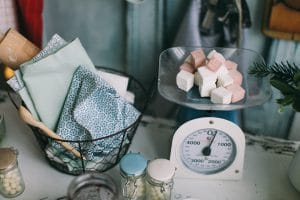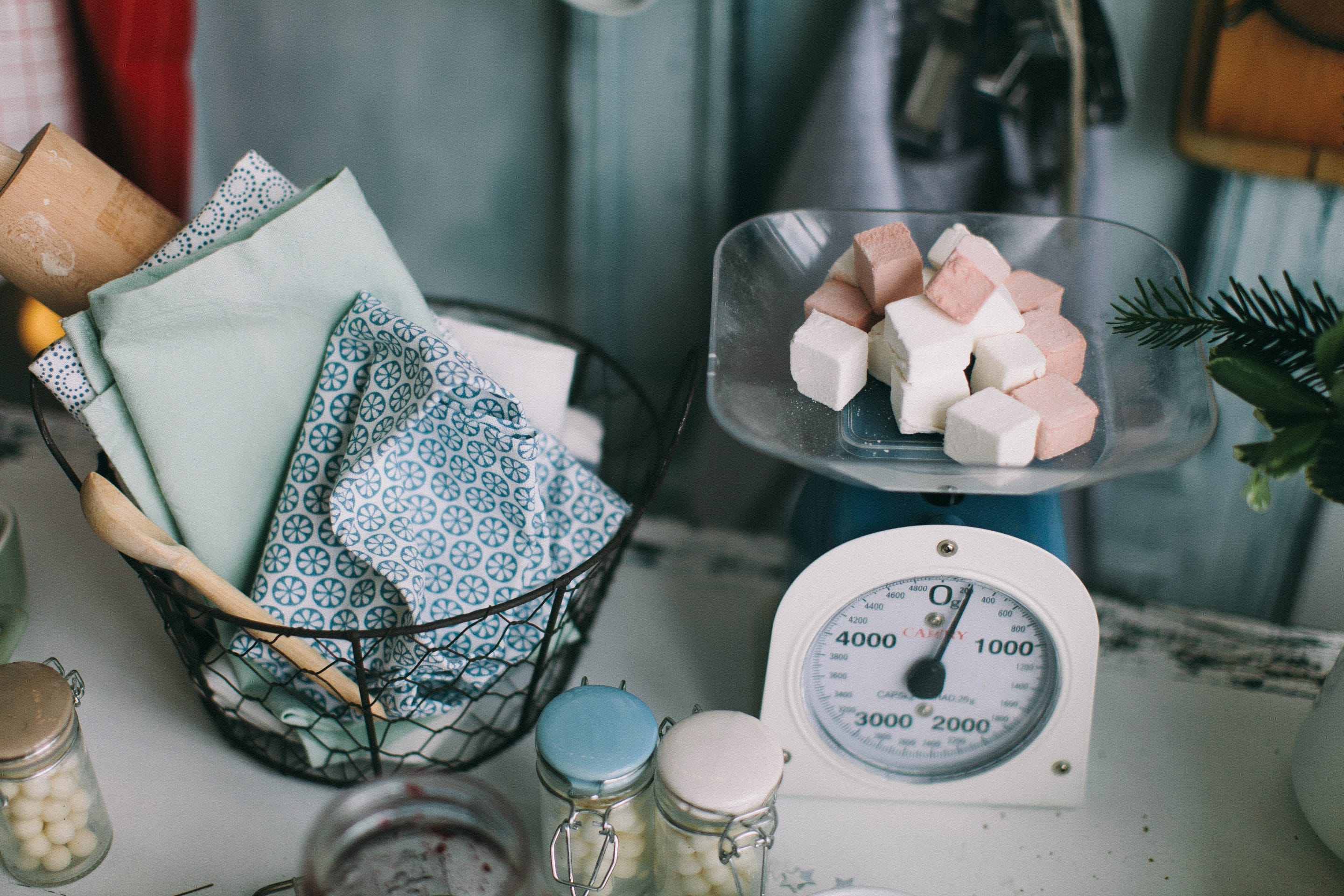
Learn how to calculate product yield and weight loss percentage with this step-by-step guide.
A Beginner’s Guide to Calculating Product Yield and Weight Loss Percentage
As a new food manufacturer, you are well aware of how bringing a product to retail requires somewhat of a lengthy checklist to be completed in order to be compliant with all FDA regulations and standards. In regards to the nutrition labeling portion of that checklist, it is of the utmost importance that your ingredients are properly identified and serving sizes are depicted based on your product’s weight.
If your product requires processing or experiences a weight loss during the cooking process, the weight loss percentage must be considered in your recipe calculation to determine the actual yield of your final product for accurate serving size measurements to be listed on your nutrition facts label.
What is Product Yield?
Product yield can be defined as the amount of product remaining after processing.
“Processing” in this definition could mean trimming meat, peeling produce or even cooking. Any process that reduces the total weight of your product from it’s original weight is what is considered in your weight loss percentage or percentage yield of your food product.
For example:
If your recipe called for 454g (approximately 1lb) of potatoes, but after peeling the potatoes the actual yield of the potatoes was reduced to 385g, this would be considered a weight loss.
Another example could be explained by trimming meat. If a recipe calls for 1lb or 454g of pork loin, and the loin is then trimmed and cooked and the total weight is reduced by 100g, this would also be considered a weight loss and must be cited when determining serving sizes for your product nutrition label.
A Step by Step Guide to Calculating Product Percentage Yield
Calculate your product percentage yield in 5 easy steps:
- Weigh your raw product using a NSF certified kitchen scale. Record the original weight. This is what is known as your as-purchased weight (AP-weight) or your raw weight.
- Process your product as usual (trim, peel, etc.)
- Record the weight of the waste after processing.
- Subtract the recorded amount of product waste from the original weight (or AP weight) of your product. Record this result. This is what is known as the edible portion of your product.
- Finally, calculate your yield percentage by converting the edible portion of your food product into a percentage by using this basic formula:
Edible portion weight ÷ Original weight x 100 = Product Yield Percentage
Let’s use our potato example:
If my recipe calls for 454g of potatoes, my original weight of potatoes is 454g.
After peeling, my product waste is 100g.
454g (original weight) – 100g (waste) = 354g (edible portion)
Then we calculate yield percentage by taking my edible portion weight of 354g and dividing it by my original weight of 454g and multiplying by 100:
354 ÷ 454 x 100 = 78%
So my yield % is 78%. This means that out of 100% of the potatoes called for in the recipe, 78% is what I am actually using after processing.
Calculating Weight Loss Percentage of Your Product
To finish off our lesson, we just need to take our calculations one step further with a simple subtraction formula. To calculate the weight loss percentage use this basic formula:
100- yield percentage = Product weight loss percentage
Once again, using our potato example:
100- 78 (yield percentage) = 22
Subtracting the yield percentage of my product from 100% of the original product shows that my food product experienced a 22 % weight loss during processing.
And there you have it! Calculating product yield and weight loss percentage has never been easier. Now that your know these basic formulas, you are ready to calculate your serving sizes accurately for your nutrition label.
Need a great nutrition analysis and food labeling software to complete this step? LabelCalc is the industry leading software for nutrition analysis and FDA-approved nutrition facts labeling. Contact us today, you’re only 15 minutes away from your first FDA-approved food label with LabelCalc.

